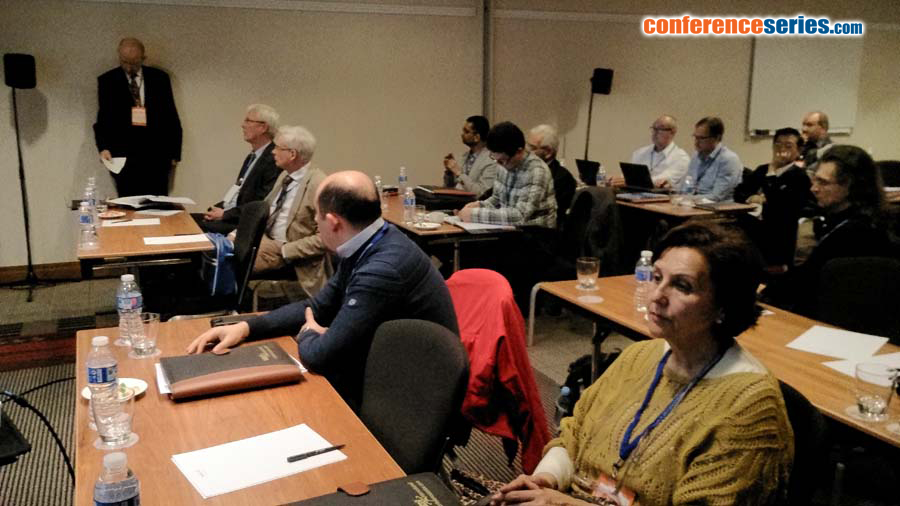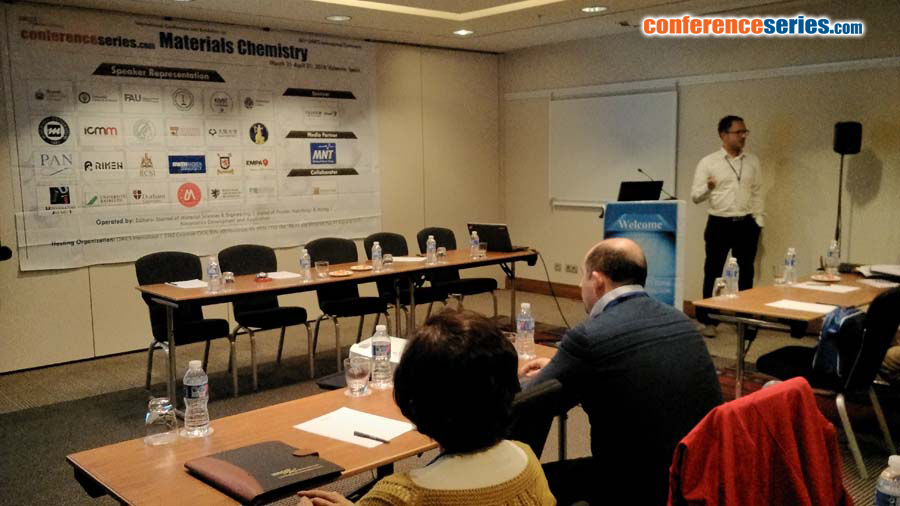
Philippe Miele
University of Montpellier, France
Title: Polymer derived boron nitride ceramics for energy applications
Biography
Biography: Philippe Miele
Abstract
The development of new materials, with the goal to meet the needs of near-future technological challenges in energy or environment issues particularly, is strongly dependent on the elaboration of ceramics with suitable morphologies, shapes and enhanced properties. This ambitious goal can be achieved by both the utilization of non-conventional chemical methods and the related preparation of tailored precursors. In the case of non-oxide ceramics, the so-called Polymer Derived Ceramics route is a suitable and useful process for preparing various inorganic materials with a controlled chemical composition and in complex shapes, exploiting the potential of numerous shaping processes. The general strategy to produce such materials can be described as a molecule-to-ceramic conversion, involving a complex sequence of physical and chemical modifications. This process can be divided into two sub-processes both starting from a single-source molecular precursor. The first route lies on the creation of polymeric intermediates, allowing a subsequent shaping step whereas the second method is related to a one-step access to specific shapes. In this contribution, several examples of shaped-polymer derived nano-ceramics will illustrate this elegant method as well as their use in energy applications, particularly for hydrogen storage. We will focus on boron- and silicon-based PDCs displaying various forms and sizes, including monolith-type foams with hierarchical porosity, nanostructures including nanopowders and nanopolyhedrons, nanocomposites. Micro, meso-materials and other types of materials will be also described.
Speaker Presentations
Speaker PPTs Click Here




